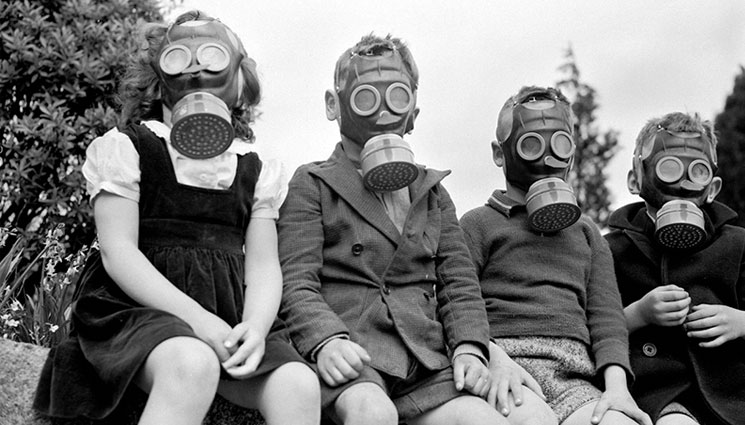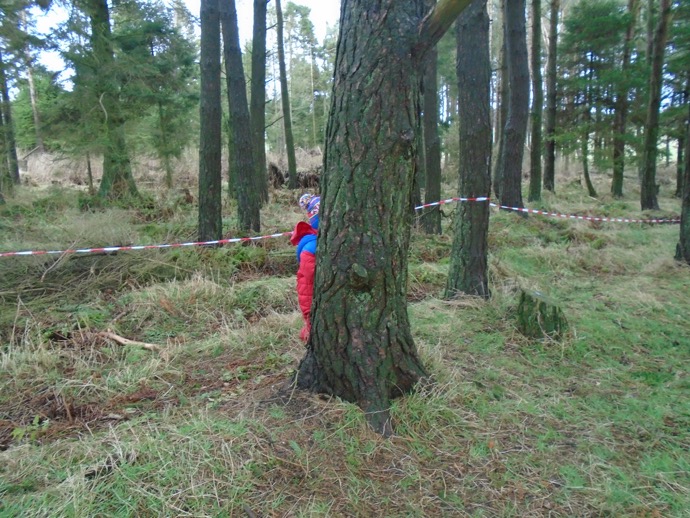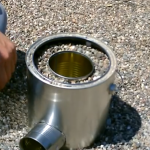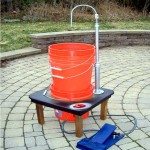Preparing Your Children for a Crisis: Using Games to Teach
We all know that preparing for disaster is serious business, and the choices we make now can impact our ability to survive and thrive during and after a crisis. It’s also important to get children ready to manage during difficult times as well. Aside from teaching them skills and how to be resourceful, we should also help them to practice how to respond once disaster strikes. Let’s look at some examples of fun games that can be used as a way to help them cope, and you can turn play time into an opportunity to help them develop automatic responses when a crisis occurs.
Power Outage

One way to minimize the shock that kids can face during a power outage is to practice one beforehand. Turn it into a fun experience where they can walk through a survival drill without even knowing about it. Kill the power in the home (aside from your refrigerator and other essential items) and break out the flashlights and other gear. Create activities based on what you want them to learn such as cooking by fire, setting up camp in the basement or back yard or playing games by candlelight or campfire. This is a helpful exercise because kids will be less freaked-out once a real and prolonged power outage occurs.
Bugging Out Picnic

Have everyone grab their bug out bags and either walk or take bikes to a nearby woods or park. Help them to scout a good location to set up camp for the afternoon and let them break into their survival gear. This is a great way to help them to put their skills to the test, especially when it comes to making meals, fishing, setting up tents and building fires. Let them explore and take some initiative when possible as well.
Spontaneous Road Trip

Create a situation when everyone is sitting at home doing their own thing. Then, out of the blue, tell them that they have 15 minutes to gather everything they need and get in the car. Make sure they know where their bug out bags are, and give them a few minutes to gather other items that they may want to bring along for their comfort and convenience. Then, get in the car and choose a fun destination where you can spend the day as a family. It doesn’t need to be a bug-out location. The aim of this exercise is to see how successful you are in your planning efforts to get everyone coordinated, gather the right items and get in the car as quickly as possible without forgetting anything important.
Hide and Seek
This is a great way to teach kids how to cope with a very real and ominous threat that can happen at any time: Being hunted, stalked or pursued. Take turns being the pursuer and the hider. Start out in the house and assess where kids choose to hide. Teach them how to be as quiet and invisible as possible. As their skills increase, move things outside or even in public places. Just make sure that you have a rendezvous point established as well as a specific time to meet if they aren’t “found” when time’s up.
You can also use this as an opportunity to teach your kids to move about with stealth in order to avoid being detected as well. All of these skills can be life-saving in a real emergency, and hide and seek is one of the most engaging and fun ways to teach these lessons.
The Scavenger Hunt

Having good foraging skills is essential in a long-term survival or bug out situation. The best way to develop these skills is to give kids the opportunity to hunt for objects in the real world. You want to focus on familiar objects as well as items that they may need to identify and collect in a real crisis. Plant objects in areas that make it a challenge to find them. Choose a location that has plants, wood or other material that will be useful. Consider making placards or giving them pictures so they can identify items that they need to bring back. Get creative, but use scavenging as a fun way to help kids to always be on the lookout for important resources.
Getting Home

All of us should be teaching kids navigational skills as well as how to identify landmarks and know more than one route to get back home. You want to blend visual cues that they can pick up on their own as well as how to describe things to a rescuer if they get lost in the real world. The same applies to your bug out location, especially if it is in the wilderness or remote area. Get your kids familiar with the area as well as how they can identify certain “signposts” that will lead them back to the site. While chances are that they will not wander far off on their own, you want them to know how to get back or get to help just in case.
These are just a few examples of basic skills that can be taught in fun ways. This approach can help to engage kids while giving you the opportunity to assess where you are in your overall preparedness efforts. Try to incorporate games on a regular basis so these skills become second-nature, and keep making things more challenging as their skills improve.















